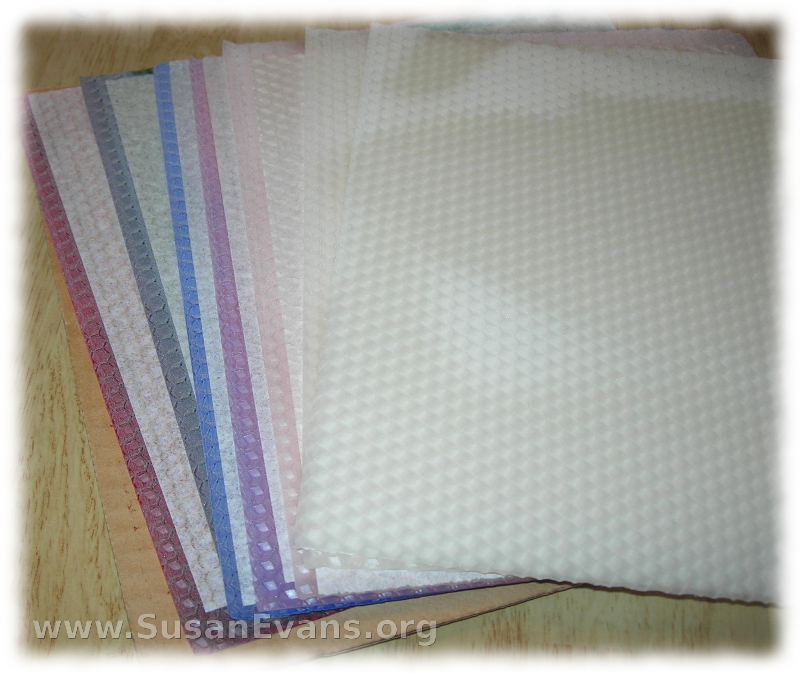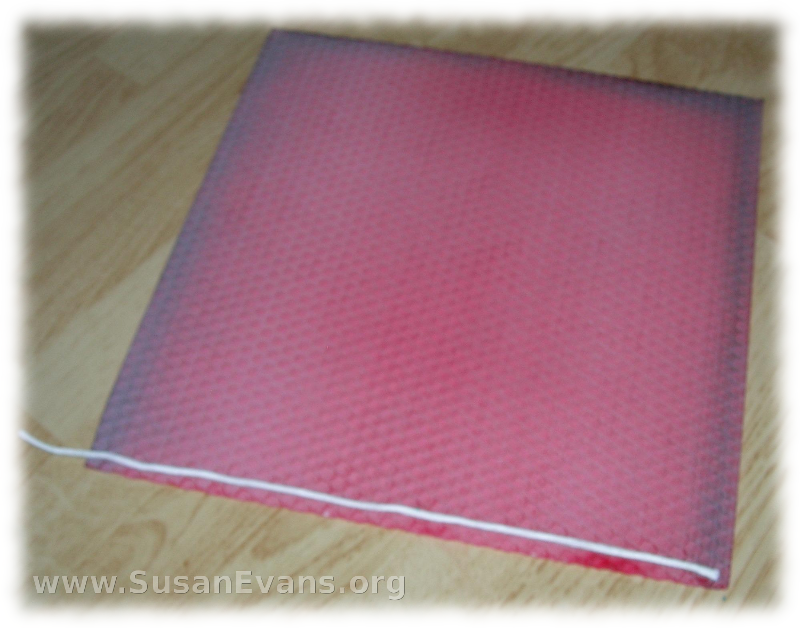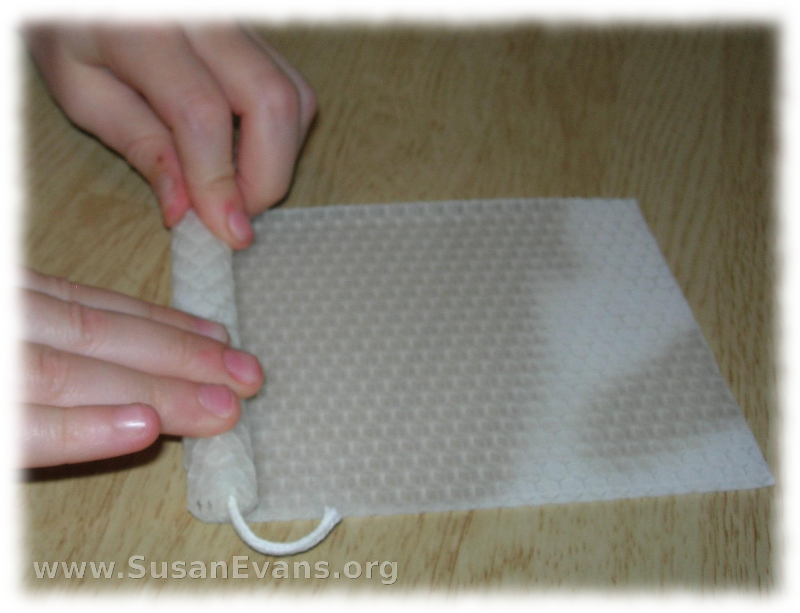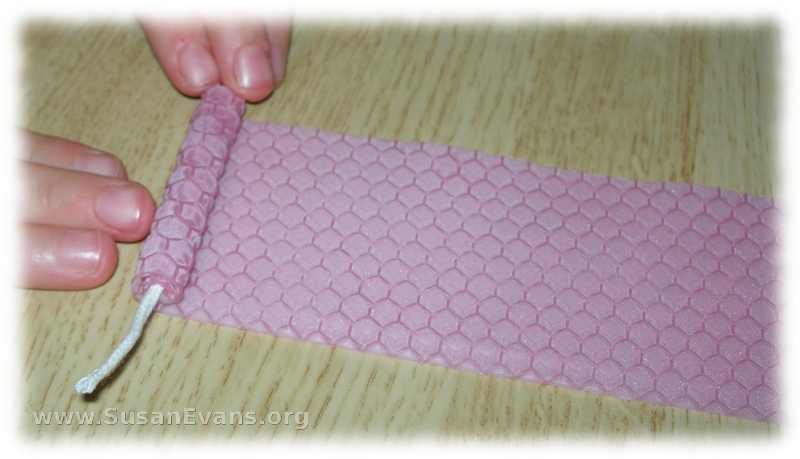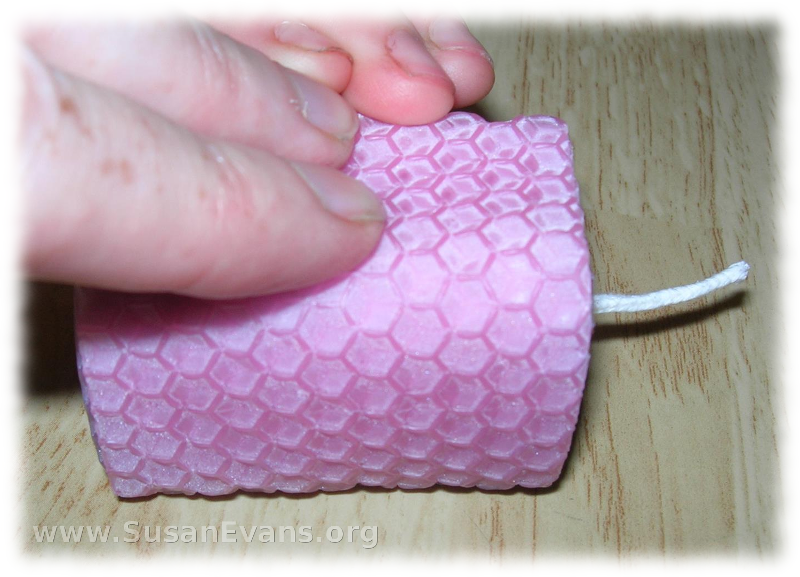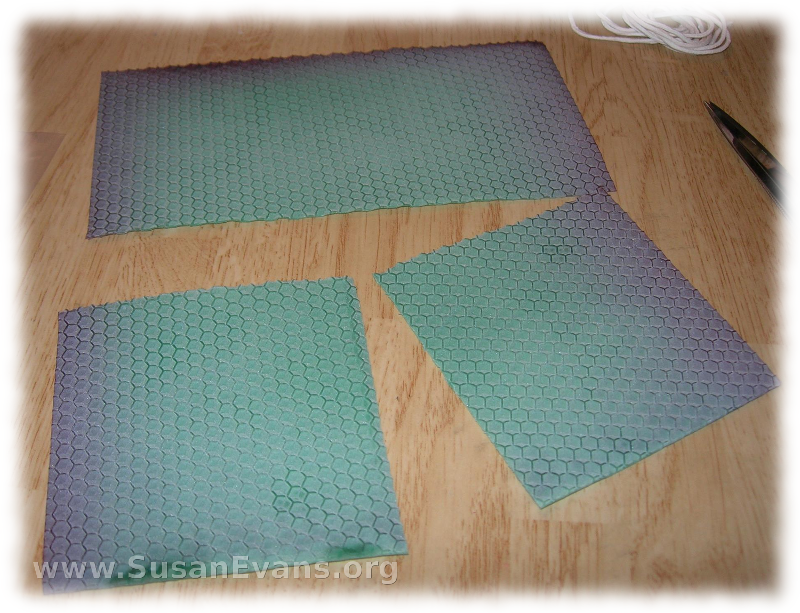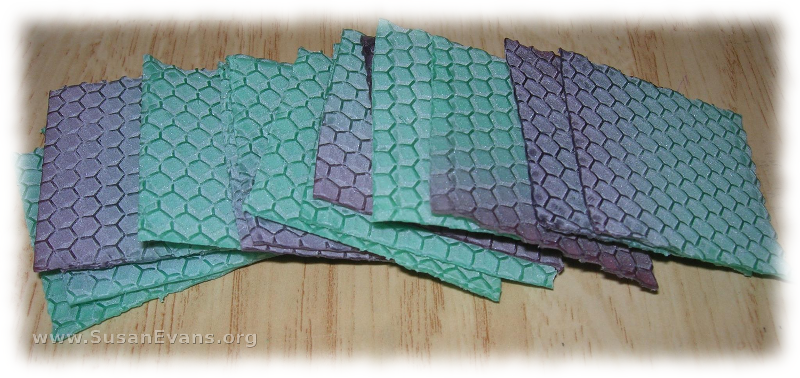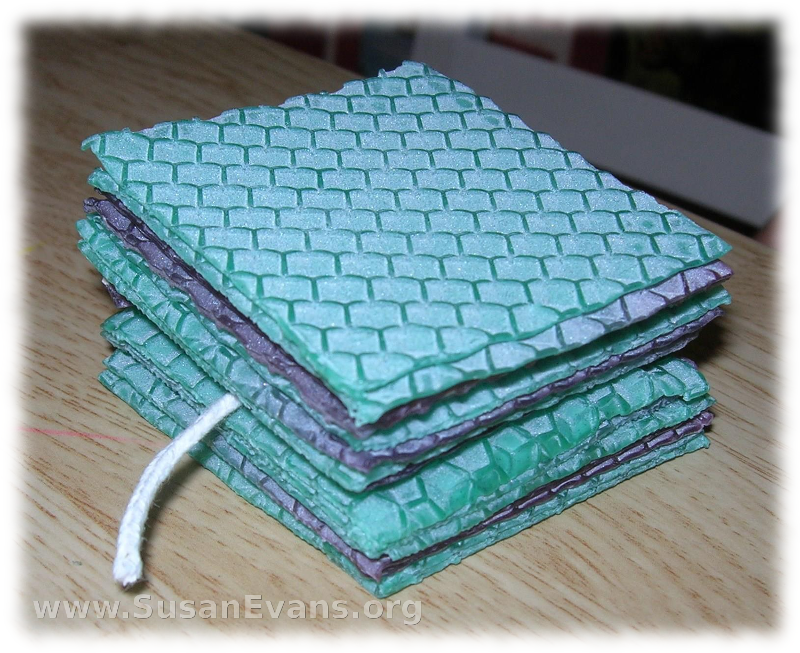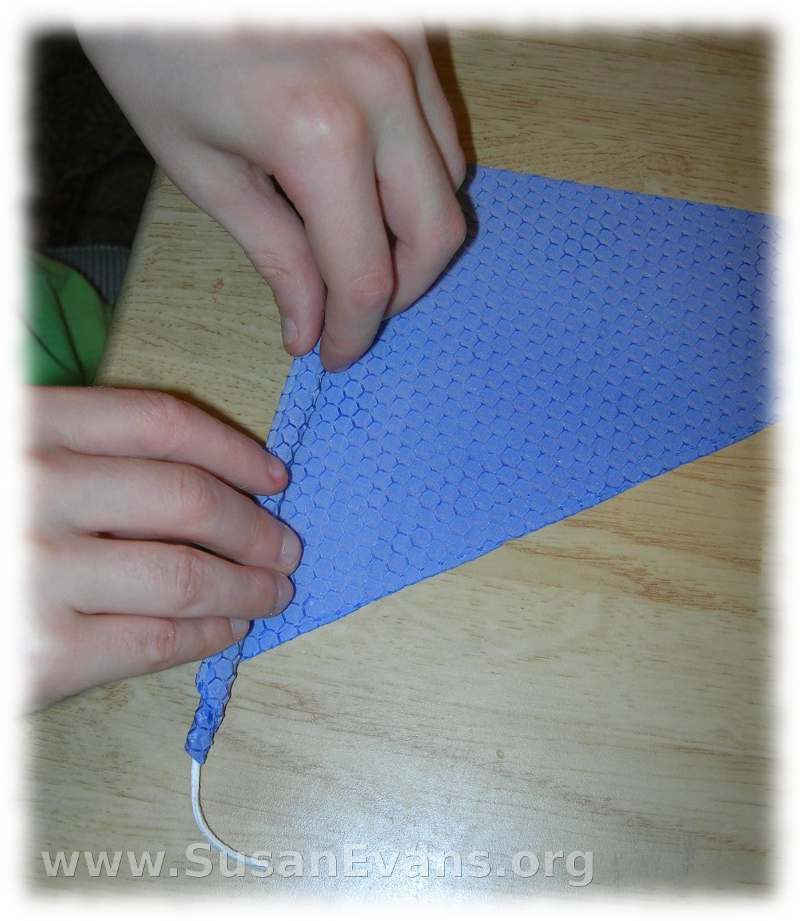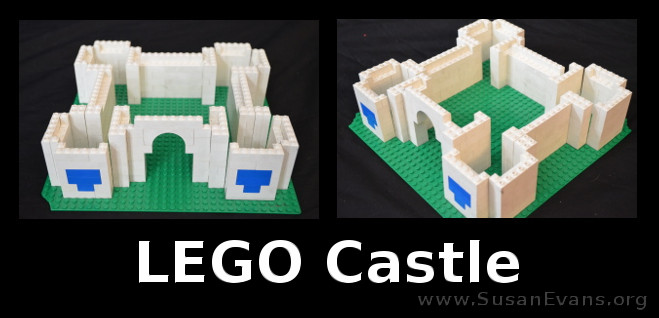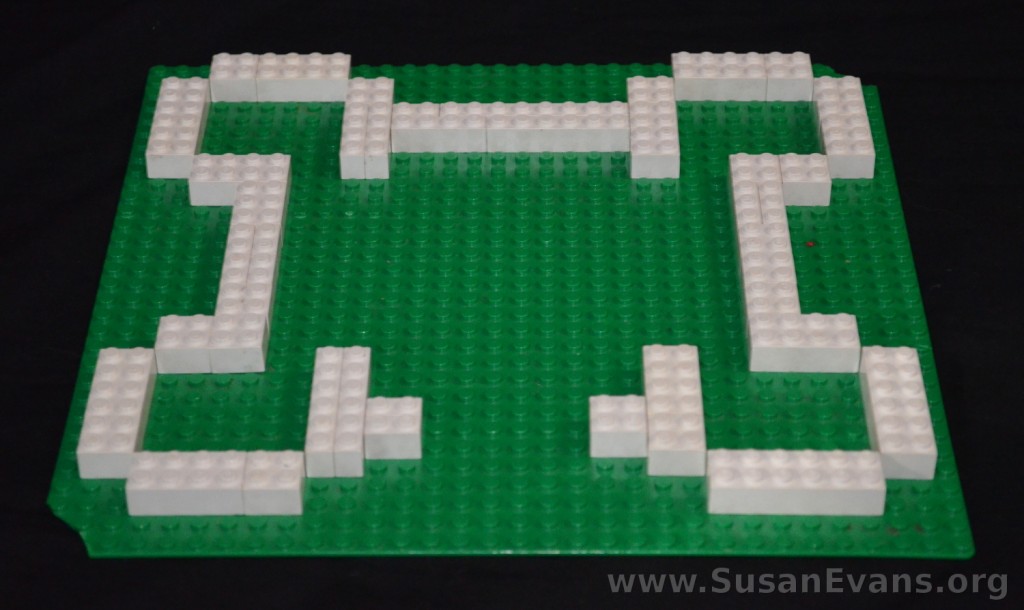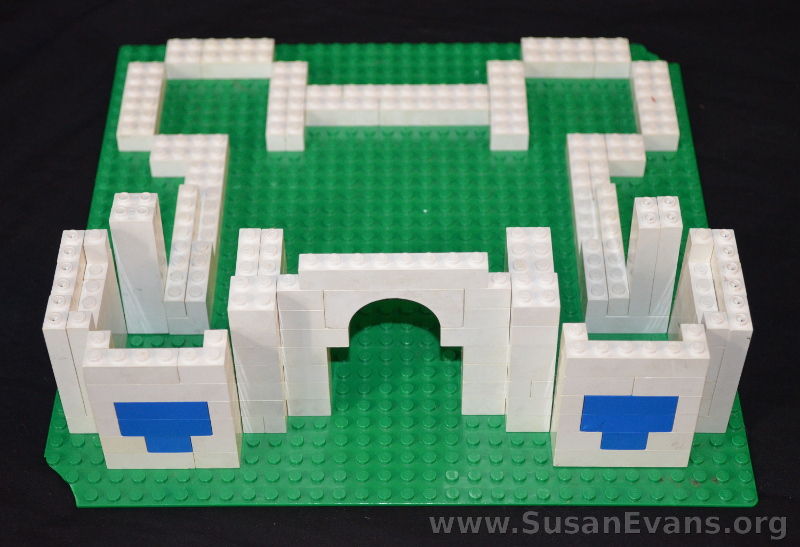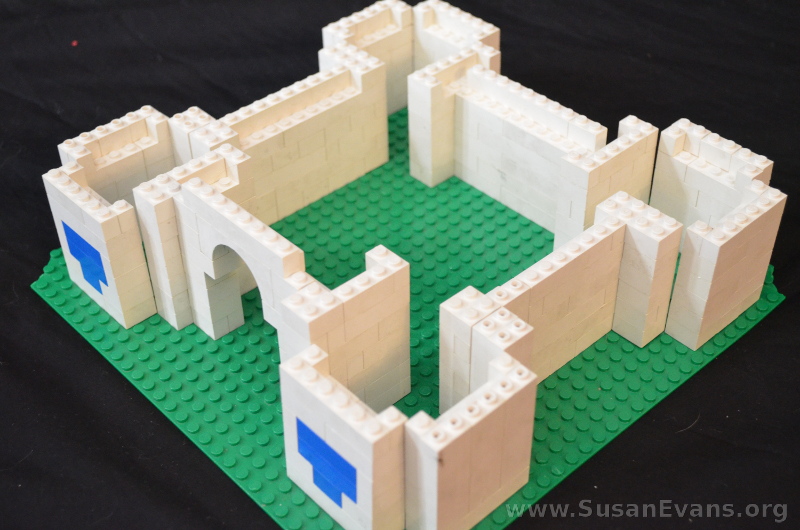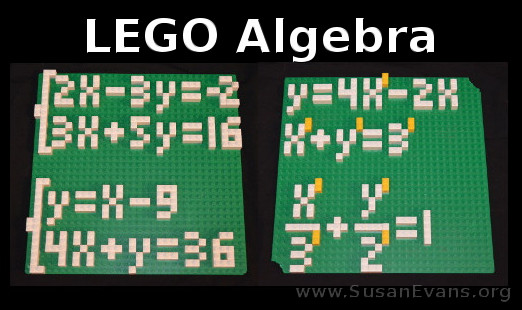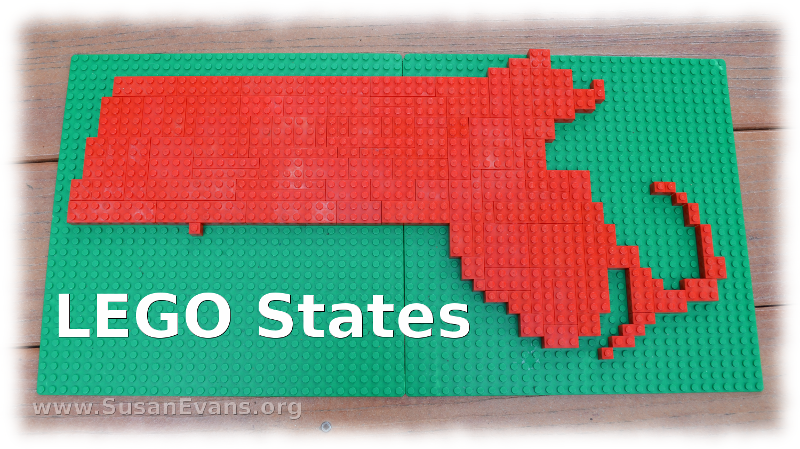 If you are studying the geography of the United States, why not make some LEGO states? All you need is a couple of green bases and a bucket of red LEGO’s.
If you are studying the geography of the United States, why not make some LEGO states? All you need is a couple of green bases and a bucket of red LEGO’s.
Look at the shape of each state before you begin outlining the state. You can use an atlas, a map online, or a puzzle piece. We have a wooden puzzle of the United States, and my son used the shape of the puzzle piece to create the outline for the state.
Once you have outlined the state with red LEGO’s on the green bases, you will want to fill in the rest of the state. This part is super easy and can even be done by preschoolers who want to help. Make sure you have added any details.
Here is a LEGO model of Connecticut:
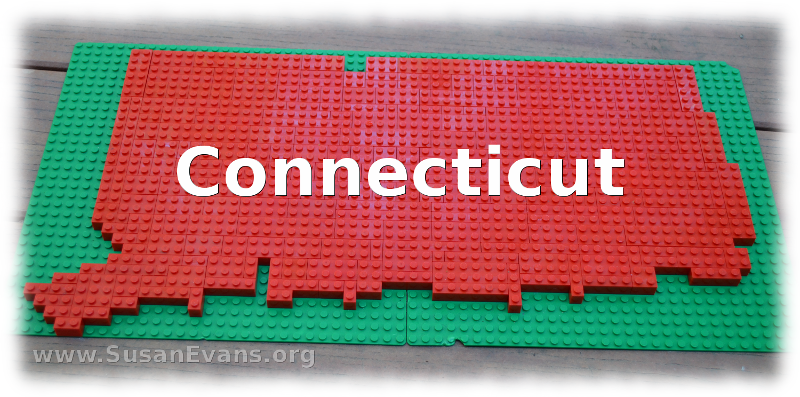 Here is a LEGO model of Oklahoma:
Here is a LEGO model of Oklahoma:
You can also add mountain ranges for the states by using a second row of red LEGO’s outlining the mountain ranges. You can even get creative and add other sightseeing places with other colors of LEGO’s to add interest!
If you enjoyed this post on LEGO states, you will love the workshop: Living Geography: Travel the World from your Living Room.


